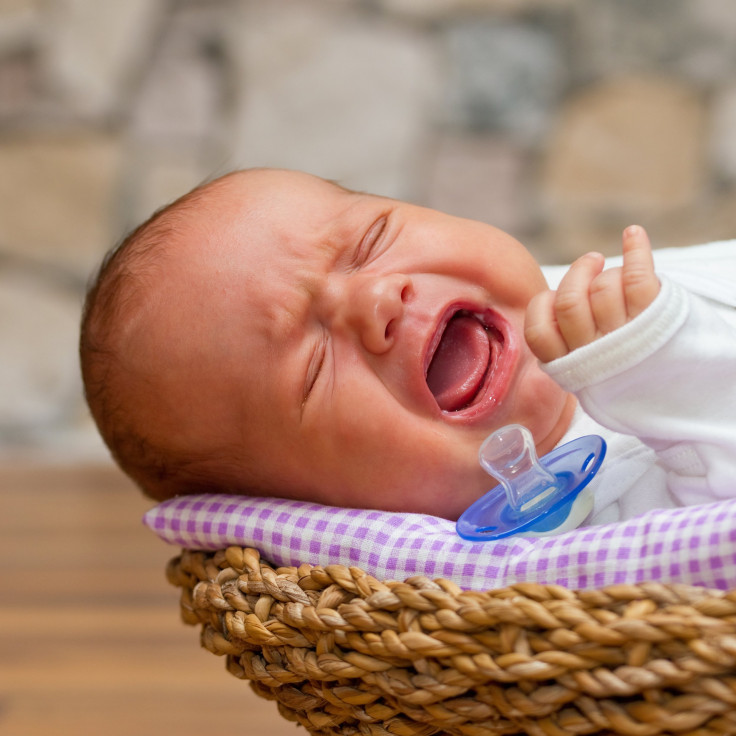Babies Fake Cry All The Time, But It’s A Good Thing: Fake Crying Fosters ‘Social And Emotional Development’

Perhaps adolescents and even young adults have learned how to master the skill of fake crying, when trying to get out of a punishment or to extend the deadline on a homework assignment. But why do babies fake cry, and how are researchers able to measure it?
Japanese researcher Hiroko Nakayama recently published a study analyzing when and how babies fake cry and whether it has a positive function. Over the course of six months, Nakayama closely watched the crying habits of infants, focusing primarily on the positive and negative effect, or emotion, that occurred before and after crying episodes. She filmed babies at home for 60 minutes twice a month for six months.
One child, dubbed Infant R — aged 7 months at the start of the study — had 68 episodes of crying. According to the study, Infant R didn’t fake cry that often, but when she did, it was preceded and followed by a positive emotion, such as laughing and smiling — which is how her mother was able to identify the deception. Ninety-eight percent of the time Infant R cried, it appeared to be caused by a negative effect, the study says, which was depicted by grimaces and downturned lips. Babies who cry tend to continue feeling distressed until they have physical contact with a parent.
“Infant R appeared to cry deliberately to get her mother’s attention,” Nakayama told the British Psychological Society (BPS), “[then] she showed [a] smile immediately after her mother came closer.” Fake crying, Nakayama says, is actually a positive thing — not a negative thing. “[S]uch individual interaction contributes greatly not only to an infant’s social development but also to their emotional development,” she told the BPS. “Infants who are capable of fake crying might communicate successfully with their caregivers in this way on a daily basis. Fake crying could add much to their relationships.”
Nakayama linked Infant R’s fake crying episode to the fact that she had two siblings. “Siblings can enrich social interactions at home and increase their variety,” Nakayama told the BPS. “Such environmental factors are known to stimulate the development of communication skills of infants.”
Behavioral experts believe children are able to begin lying from about 6 months of age. Originally, most psychologists believed kids didn’t have brains developed enough to begin lying until they were 4 years old, but a 2007 study completed at the University of Portsmouth in England pointed out that babies were able to use fake crying at an early age.
“Fake crying is one of the earliest forms of deception to emerge, and infants use it to get attention even though nothing is wrong,” Dr. Vasudevi Reddy of the University of Portsmouth’s psychology department told The Telegraph. “You can tell, as they will then pause while they wait to hear if their mother is responding, before crying again. It demonstrates they’re clearly able to distinguish that what they are doing will have an effect. This is essentially all adults do when they tell lies, except in adults it becomes more morally loaded.”
Source: Nakayama H. Changes in the affect of infants before and after episodes of crying. Infant Behavior & Development. 2013.



























